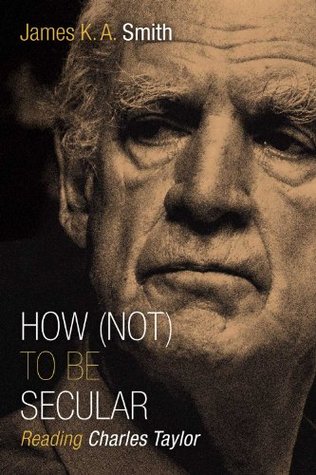In modernity, particularly in the wake of the Enlightenment, “secular” begins to refer to a nonsectarian, neutral, and areligious space or standpoint. The public square is “secular” insofar as it is (allegedly) nonreligious; schools are “secular” when they are no longer “parochial” — hence “public” schools are thought to be “secular” schools. Similarly, in the late twentieth century people will describe themselves as “secular,” meaning they have no religious affiliation and hold no “religious” beliefs. We’ll refer to this as secular2 (pp. 2-3).
Welcome back. Just a moment while we sign you in to your Goodreads account.


